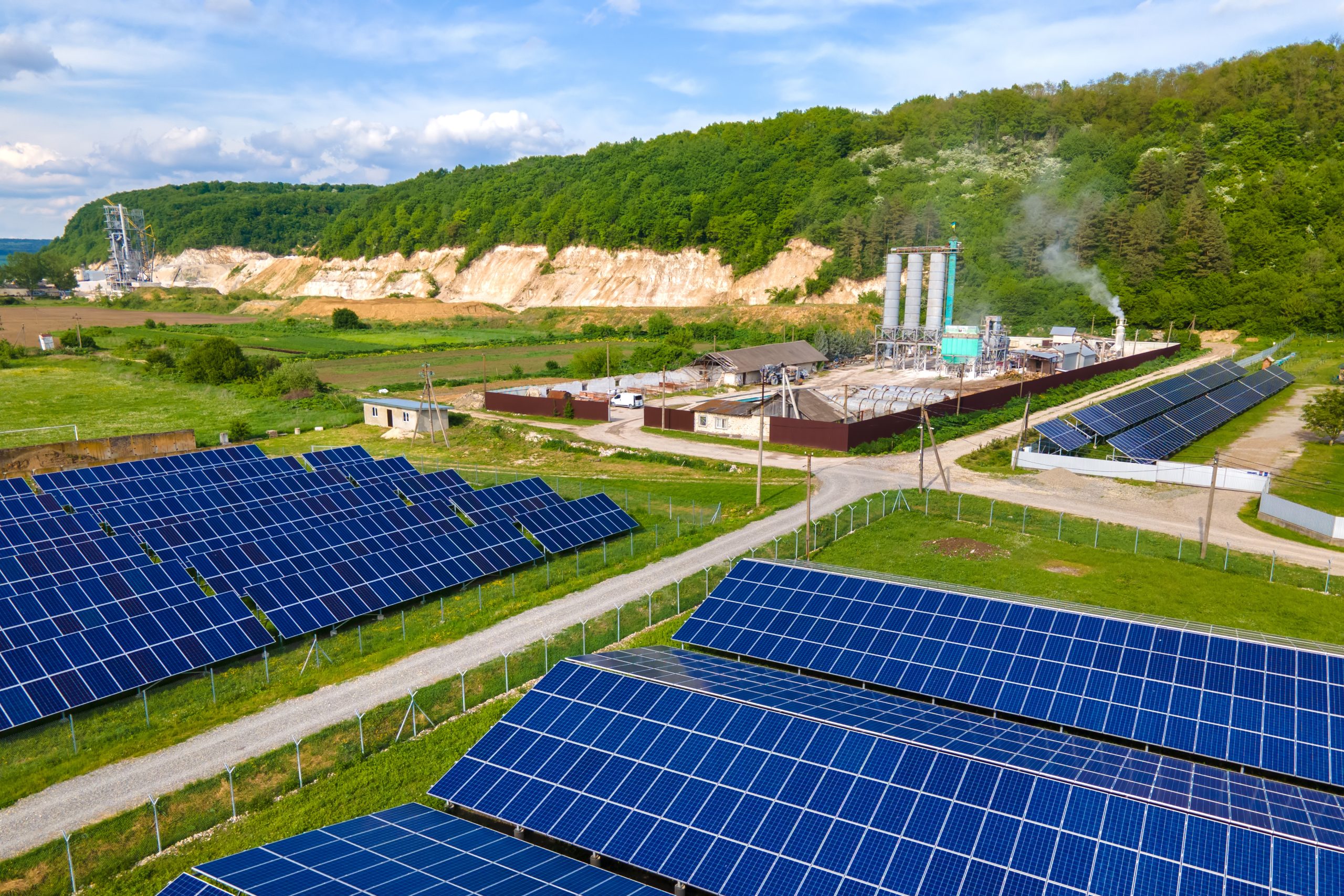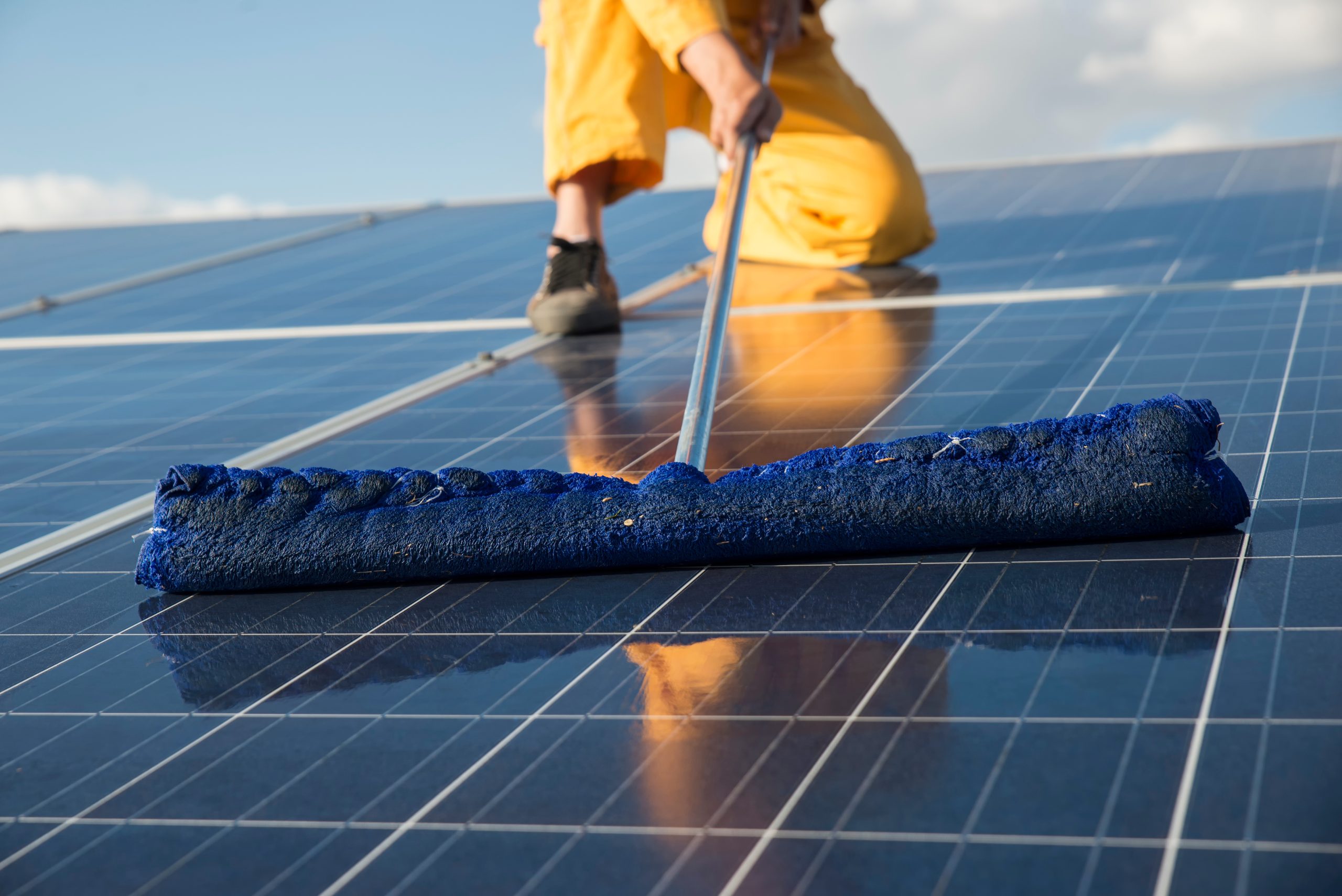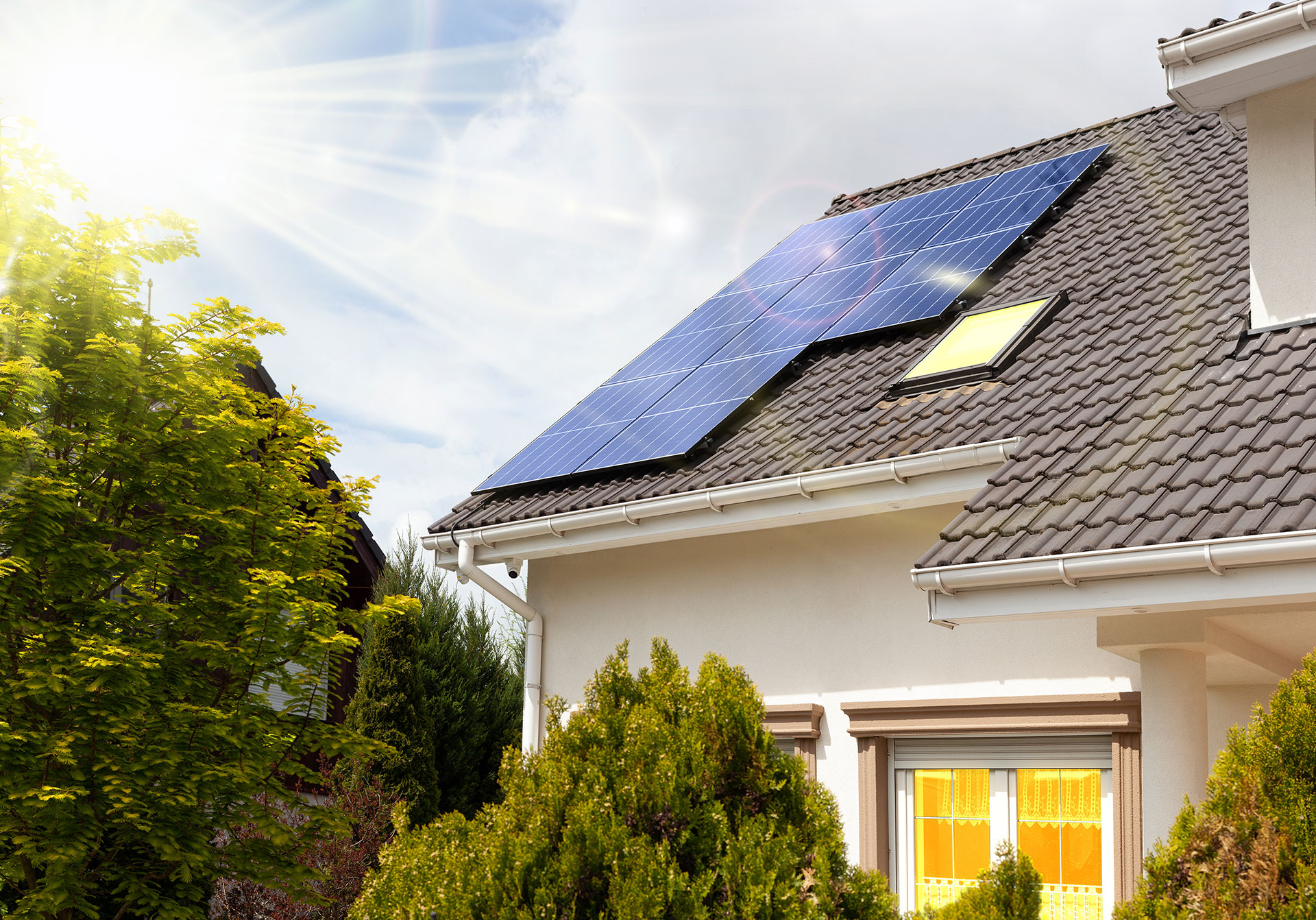With solar panels now more affordable than ever in Malaysia, businesses and homeowners are rethinking their energy strategies in 2025. The new electricity tariff structure implemented July 1, 2025, combined with enhanced Self-Consumption (SelCo) programme benefits, has made solar panel installation in Malaysia more attractive than ever.
This shift is driving unprecedented adoption rates across the country, supported by improved technology, reduced installation costs, and growing environmental awareness. The surge in solar panel uptake aligns with Malaysia's push toward 31% renewable energy capacity by year-end, with the nation already achieving over 82,000 operating solar PV systems generating 1.7GW capacity.
What’s Fuelling Malaysia’s Growing Solar Adoption?
There are 3 major shifts in 2025 that are accelerating Malaysia's solar transformation:
Policy evolution:
- Enhanced SelCo programme with abolished capacity limits
- Streamlined approval processes under new guidelines
- Enhanced tax incentives for businesses
- Energy Efficiency Incentive (EEI) benefits
Market maturity:
- Current installed capacity reached 1.7GW across 82,000 systems
- Additional 595MW under development from 14,000 projects
- Robust network of certified installers
- Competitive equipment pricing
Natural advantage:
- Premium solar conditions with daily irradiation of 4.2 – 5.6 kWh/m²
- Year-round sunshine availability
- Ideal tropical positioning.
A 2024 Snapshot of Solar Panel Prices in Malaysia
Understanding current market prices helps property owners make informed decisions about solar investment. With the new July 2025 tariff structure setting electricity rates at 44.43 sen per kWh (for usage up to 1,500kWh), recent market analysis reveals significant shifts in both residential and commercial sectors.
Residential Installations: Cost Breakdown & Insights
Residential system costs vary based on several key factors. A standard residential system investment typically breaks down into:
- Hardware: 60-65% of total cost.
- Installation Labour: 15-20%.
- Permits and Inspections: 5-10%.
- Design and Engineering: 10-15%.
Key variables affecting final costs now include:
- Roof type (tile, metal, or asphalt)
- System size and complexity
- Installation accessibility
- Grid connection requirements under new guidelines
- Energy consumption patterns.
Commercial & Industrial Systems: Price Points & Trends
Under the enhanced SelCo programme, commercial installation costs benefit from economies of scale, with final pricing influenced by:
- System size (larger systems = lower per-watt costs)
- New tariff structure considerations
- Energy consumption patterns
- Roof configuration
- Updated grid connection requirements
- Installation complexity level.
Price Declines Explained: 2025 Forecast & Key Drivers
The downward trend in solar panel prices stems from multiple market forces converging in 2025. These changes are reshaping the industry's cost structure and making solar more accessible than ever before.
Global Supply Surge & Competitive Pricing Dynamics
As global manufacturing capacity approaches 1.8TW in 2025, businesses benefit from significant cost reductions through:
- Manufacturing capacity set to triple globally
- Streamlined supply chains cutting logistics costs
- Fierce competition among Tier-1 manufacturers
- Local assembly operations reducing import costs
- Bulk purchasing power from major distributors.
Tech Advancements Reducing Production Costs
Manufacturing innovations in 2025 include:
- N-type solar cells boosting efficiency to 23%
- Automated production lines cutting labour costs
- Advanced materials reducing silicon usage
- Improved panel durability extending lifespans
- Simplified mounting systems speeding installation.
Is 2025 the Right Time to Invest in Solar?
With the transition from NEM 3.0 to the enhanced SelCo programme, market conditions make 2025 a strategic time for solar investment. Consider these factors:
Investment advantages:
- Green Investment Tax Allowance (GITA)
- SelCo programme benefits with no capacity limits
- Energy Efficiency Incentive (EEI)
- Corporate tax incentives
- Renewable Energy Certificates (RECs)
Market conditions:
- Equipment prices at historic lows
- New tariff structure implementation
- Proven technology reliability
- Skilled installer availability
- Enhanced financing options.
Transform your energy costs with EPCC expertise and benefit from government incentives for commercial solar investment. Meet with our engineering team to explore your facility's solar potential – book your strategy session today.
5 Essential Steps to Make an Informed Solar Switch
Converting to solar power requires careful planning and consideration of several key factors. Following these 5 steps will help ensure a smooth transition to clean energy while maximising your investment returns.
Request Quotes from SEDA-Certified Providers
Verify potential installers have:
- Valid SEDA registration numbers
- Minimum a total of 5 MW completed projects
- Local service teams
- Equipment warranties
- Compliance with latest SelCo guidelines.
Evaluate Roof Suitability & Bill Reduction Potential
Calculate your solar potential:
- Measure usable roof space
- Check structural loading capacity
- Analyse consumption under new tariff structure
- Map shade patterns
- Assess orientation angles.
Leverage Available Incentives and Programmes
Current 2025 incentives include:
- Green Investment Tax Allowance (GITA)
- SelCo programme benefits
- Energy Efficiency Incentive (EEI)
- Corporate tax incentives
- REC market access.
Explore Financing Plans with Performance Guarantees
Compare financing options:
- Updated solar-specific loans
- Equipment warranties
- Production guarantees
- ROI calculations based on new tariffs
- Flexible payment structures.
Plan for Approvals, Timelines & Installation Logistics
Estimated timeline elements (subject to third-party approvals and site conditions):
- SelCo registration: 2-3 weeks.
- TNB Connection Approval: 4-6 weeks.
- Equipment Delivery: 3-4 weeks (subject to stock availability).
- Installation: 3-5 days (duration depends on system size, roof type and weather).
- System Testing: 1-2 days.
Request a Solar Panel Price And Installation Quote from Northern Solar Malaysia Today
The shift to solar energy in Malaysia has never been more advantageous. With the new tariff structure implemented in July 2025 and the streamlined SelCo programme in place, Malaysian solar panel installations are delivering unprecedented returns for businesses and homeowners. The simplified permit process and abolished capacity limits under SelCo, combined with competitive solar panel prices in Malaysia's current market, make this an ideal time for investment.
As Malaysia's specialised EPCC company, Northern Solar stands out with over a decade of solar installation expertise to every project. Our end-to-end approach combines thorough site assessments, custom system designs, and professional installation with ongoing support and maintenance.
Your sustainable energy future starts with Northern Solar. Begin your energy independence today, and contact our solar experts for your free consultation and customised quote.






